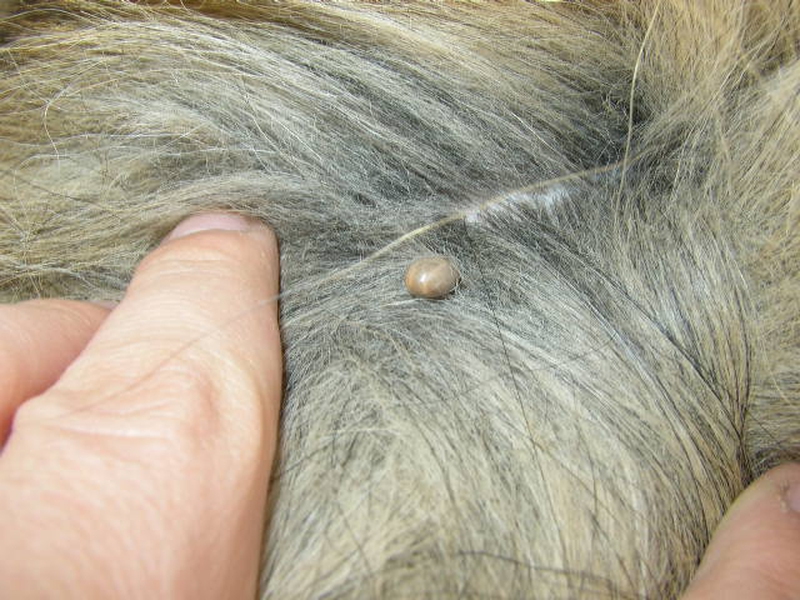Ticks are types of parasites that stick to the skin of various animals, including dogs, and feed on their blood. These parasites are dreaded by almost all dog owners. In addition to attacking dogs, ticks can also attack other pets and even human beings. Ticks are also known to transmit an array of ailments in animals, including anemia and paralysis. As such, ticks should be prevented at all cost and tick bites on dogs should be treated properly.Polytechnical

Are Tick Bites on Dogs Dangerous?
Symptoms of tick bites on dogs
While ticks are known to be disease vectors, not all tick species transmit infections. As a matter of fact, only a few tick species carry diseases. However, it is important to be wary of the possibility of ticks transmitting a disease to your dog. In most cases, tick-transmitted diseases take a while before they affect the host. As such, early removal of the tick from the skin of your dog can prevent such infections. Most of tick-transmitted infections are characterized by lethargy and fever. Other infections may also lead to lameness, anemia, joint swelling and weakness.
Possible diseases it'll cause
Some tick species may lead to a condition referred to as tick paralysis. If not well taken care of, this condition may develop into paralysis. These symptoms tend to fade away once the tick is removed. However, if you notice any other symptom, it is advisable to contact a veterinarian for a thorough checkup of your dog. Generally, the following are some of the diseases associated with a dog tick bite:
Ehrlichiosis
Lyme disease
Anaplasmosis
Babesiosis
Rocky Mountain spotted fever
Note: If you live in a tick-infested region, you should check your dog for ticks more oftenly, especially after the dog has been to the woods.
How to Remove a Tick
Grasp the tick at the base with fine tweezers as close to the skin as possible, then pull backwards firmly but gently.
While pulling the tick out, make sure that you use a steady pressure and avoid twisting and jerking. Additionally, you should also avoid crushing or squeezing the tick as its body fluids may contain disease causing microorganisms.
After removing it, wash the dog’s skin and your hands thoroughly with soap and water.
How to Deal With Tick Bites on Dogs
Try topical creams
Tick bites on dogs are associated with a certain level of itching. To soothe this itching and minimize the redness, you should use a fast-acting topical cream. Additionally, you should also use a tropical skin protection creams, like Aardora, to protect the open wound against infections and enhance healing.
Apply some home remedies
There are various simple remedies that you may offer to your dog at home following tick bites on dogs. Some of these remedies include applying baking soda and water after removing the tick to ease the itching. Alternatively, you may also apply a cold compress on the itching area to take care of the swelling. These remedies should be applied a few times in a day until the wound is healed.
Make the dog comfortable
Additional care and comfort will make the dog heal faster. For instance, you may provide him with his favorite toys or extra pillows.
Treat the wound
After removing the tick, you should first wash the wound with soap and warm water and then treat it with antibiotic creams, antiseptic or iodine to prevent infection. It is also advisable to ensure that the head is not lodged in the skin of the dog after removing the tick.
Watch out for more symptoms
Following a dog tick bite and tick removal, you should constantly monitor the dog to ensure that it does not develop other symptoms, including swelling and rash on the bite region. Additionally, you should also observe whether the dog is experiencing fatigue. If such symptoms manifest, they should be taken care of appropriately or call a vet. Additionally, if the wound appears to be infected, you should also treat it using hydro-cortisone spray.
View All Comments /Add Comment